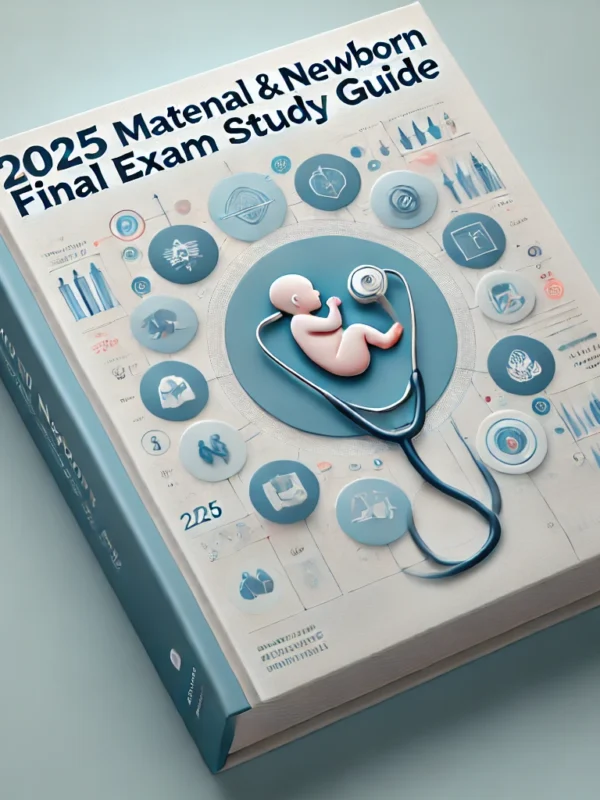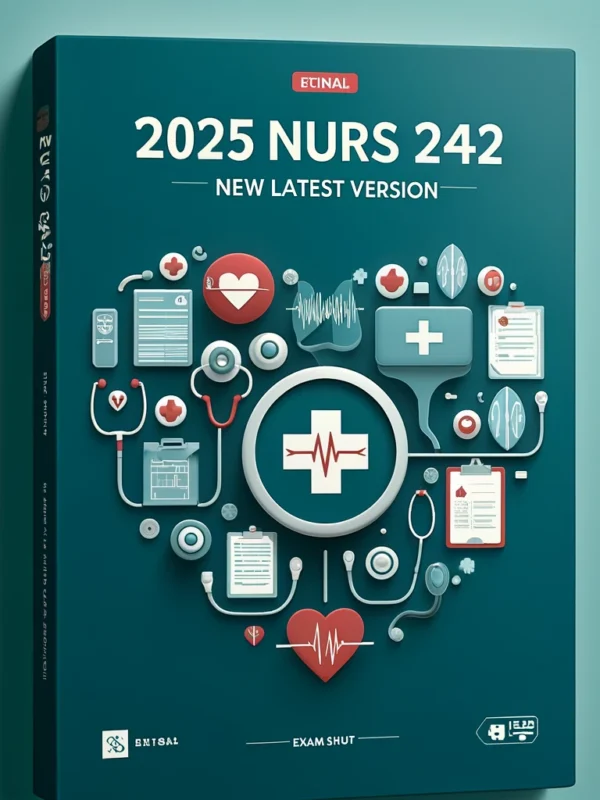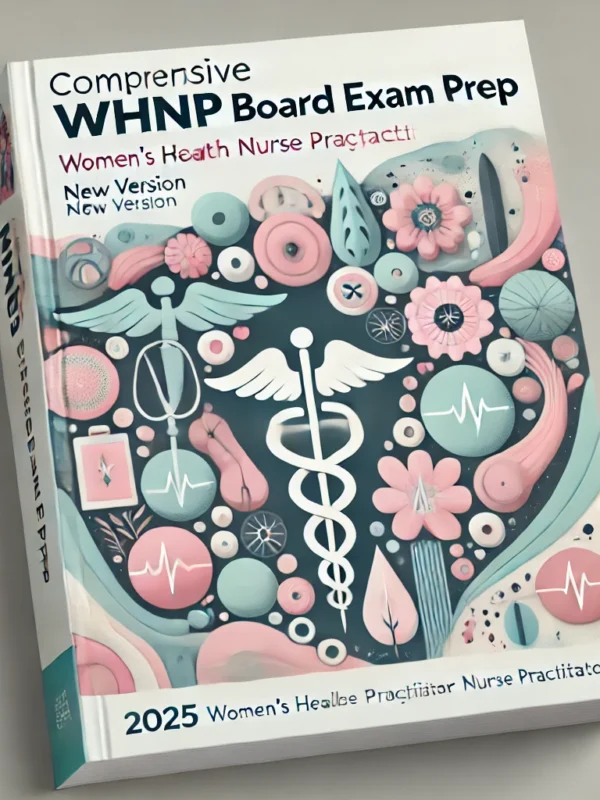The 2025 ARRT Registry Exam Comprehensive Review: Top Strategies, Expert Tips, and 150 Practice Questions for Success is a definitive study guide crafted for radiologic technologists preparing for the American Registry of Radiologic Technologists (ARRT) Registry Exam in 2025. This all-inclusive review covers the full spectrum of exam content, including patient care, safety, image production, and procedures, aligning with the ARRT’s updated 2025 specifications. It features 150 carefully selected practice questions that mirror the exam’s format, ranging from multiple-choice to situational scenarios, each accompanied by detailed explanations to reinforce core concepts like radiation safety, positioning techniques, and equipment operation. The guide also provides top strategies for exam success, such as time management techniques, methods to decode complex questions, and approaches to reduce test anxiety. Expert tips from seasoned radiologic technologists offer insights into common pitfalls and best practices, while a comprehensive review section breaks down key topics with visual aids, mnemonics, and quick-reference tables. Ideal for both first-time candidates and those seeking recertification, this resource ensures a thorough understanding of the material and boosts confidence for a successful outcome on exam day.
Preview
1. What is the patient preparation for an upper GI series?
a. clear fluids only prior to exam
b. clear fluids for 24 hours prior to exam
c. NPO for at least 8 hours prior to exam
d. only gum chewing and/or smoking prior to exam
Correct Answer: c. NPO for at least 8 hours prior to exam
Rationale: For an upper GI series, the patient should be NPO (nothing by mouth) for at
least 8 hours before the procedure to ensure that the stomach is empty for optimal
imaging.
2. Which of the following is a postprocessing option to decrease the amount of
noise in a digital image?
a. masking
b. edge enhancement
c. equalization
d. smoothing
Correct Answer: d. smoothing
Rationale: Smoothing is a post-processing technique used to reduce image noise by
averaging pixel values, leading to a clearer image with less noise.
3. A CT scanogram can be used for which of the following purposes?
a. bone survey
b. long bone measurement
c. bone age
d. soft tissue neck
Correct Answer: b. long bone measurement
Rationale: A CT scanogram is typically used for measuring the length of long bones,
especially for preoperative planning or growth assessment in pediatric patients.
4. Primary radiation can be produced by which of the following methods when
electrons interact with the anode (target)?
1. Bremsstrahlung
2. Characteristic
3. Compton
a. 1 only
b. 1 & 2 only
c. 2 & 3 only
d. 1, 2, & 3
Correct Answer: b. 1 & 2 only
Rationale: Primary radiation is produced through Bremsstrahlung (braking radiation)
and characteristic radiation when electrons strike the anode. Compton scattering
produces secondary radiation, not primary.
a. clear fluids only prior to exam
b. clear fluids for 24 hours prior to exam
c. NPO for at least 8 hours prior to exam
d. only gum chewing and/or smoking prior to exam
Correct Answer: c. NPO for at least 8 hours prior to exam
Rationale: For an upper GI series, the patient should be NPO (nothing by mouth) for at
least 8 hours before the procedure to ensure that the stomach is empty for optimal
imaging.
2. Which of the following is a postprocessing option to decrease the amount of
noise in a digital image?
a. masking
b. edge enhancement
c. equalization
d. smoothing
Correct Answer: d. smoothing
Rationale: Smoothing is a post-processing technique used to reduce image noise by
averaging pixel values, leading to a clearer image with less noise.
3. A CT scanogram can be used for which of the following purposes?
a. bone survey
b. long bone measurement
c. bone age
d. soft tissue neck
Correct Answer: b. long bone measurement
Rationale: A CT scanogram is typically used for measuring the length of long bones,
especially for preoperative planning or growth assessment in pediatric patients.
4. Primary radiation can be produced by which of the following methods when
electrons interact with the anode (target)?
1. Bremsstrahlung
2. Characteristic
3. Compton
a. 1 only
b. 1 & 2 only
c. 2 & 3 only
d. 1, 2, & 3
Correct Answer: b. 1 & 2 only
Rationale: Primary radiation is produced through Bremsstrahlung (braking radiation)
and characteristic radiation when electrons strike the anode. Compton scattering
produces secondary radiation, not primary.










Reviews
There are no reviews yet.